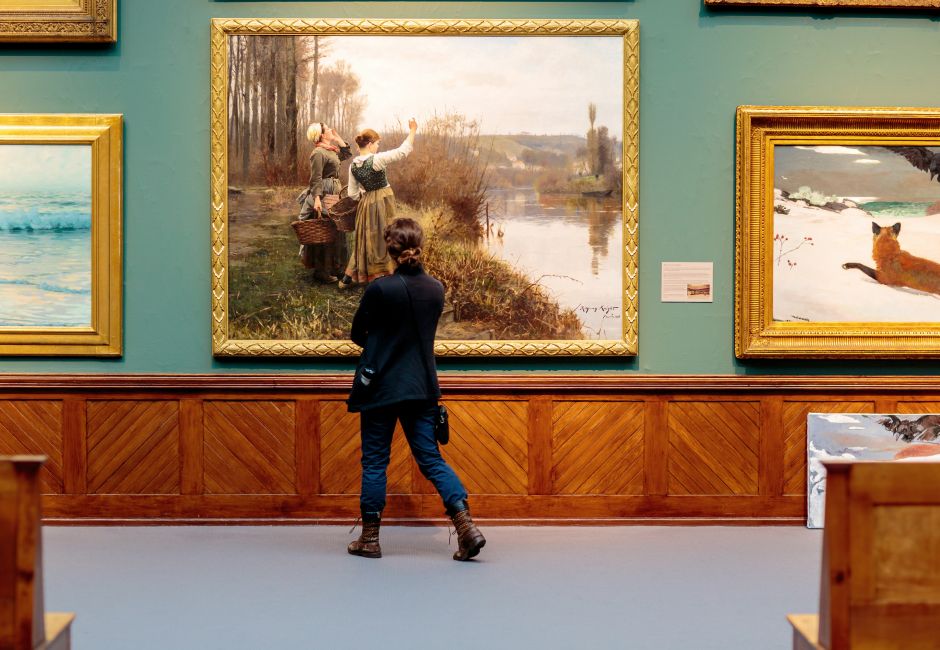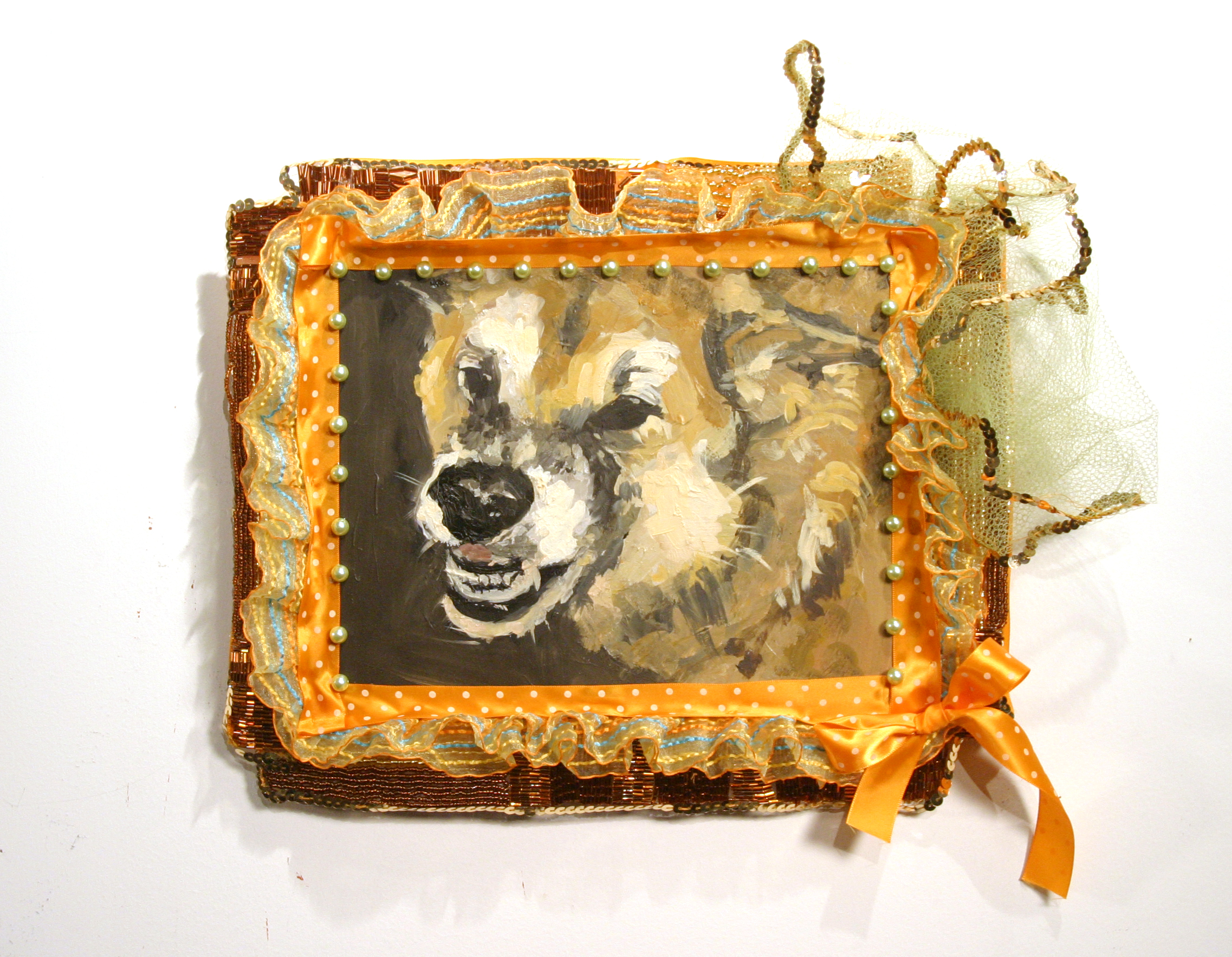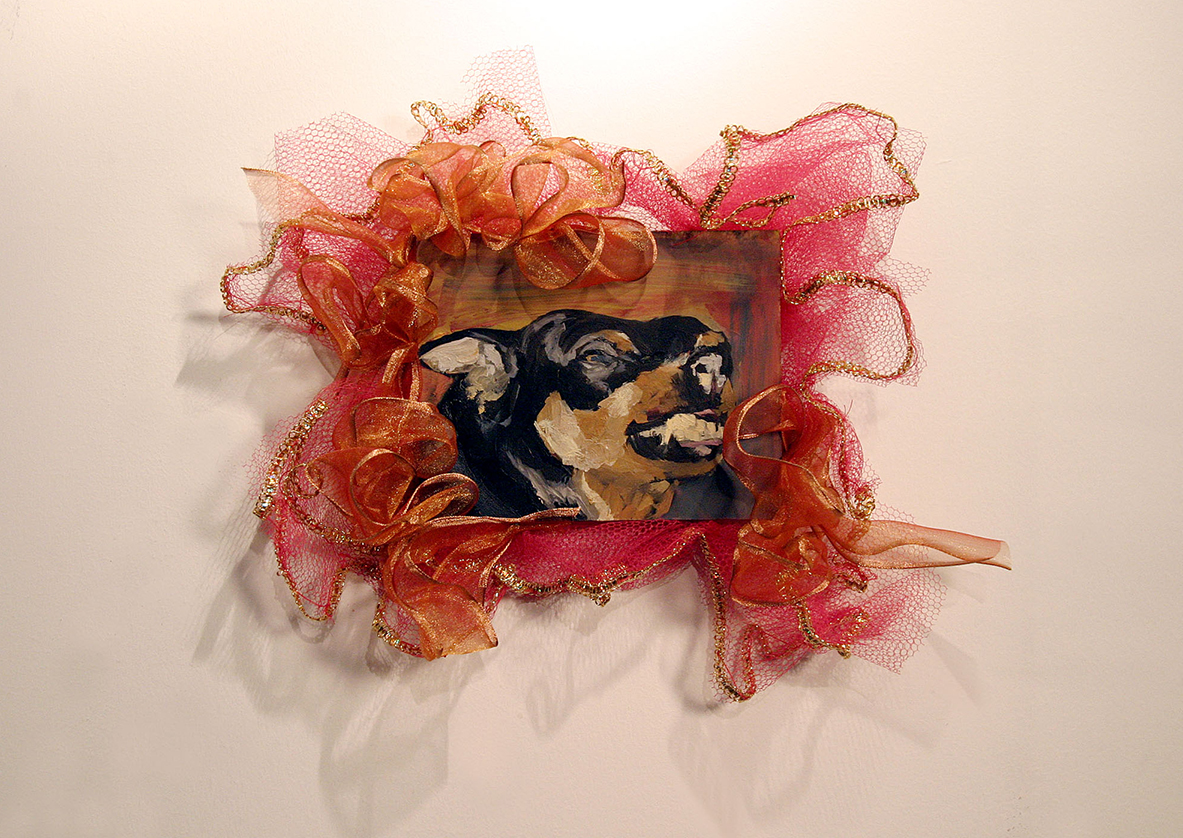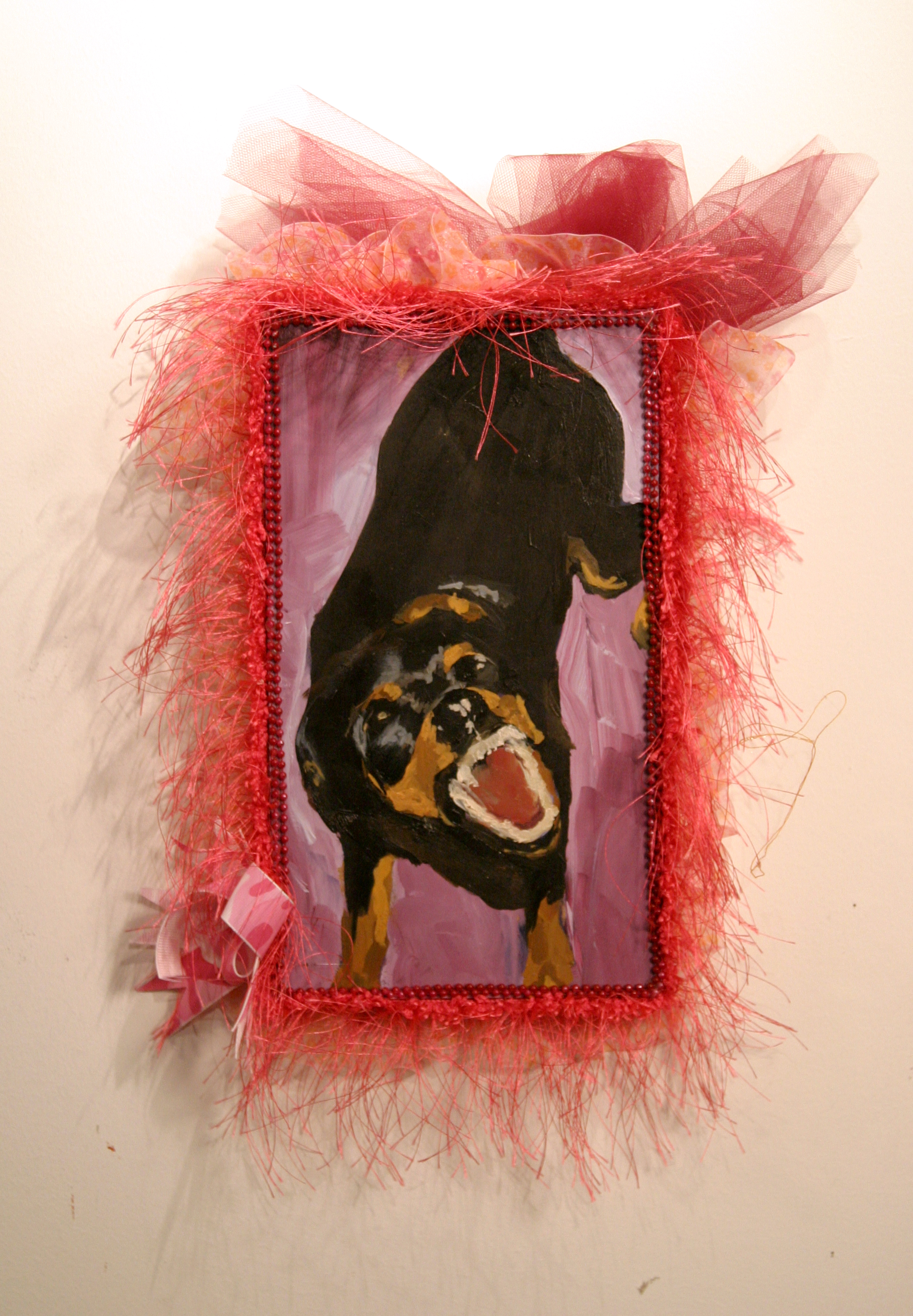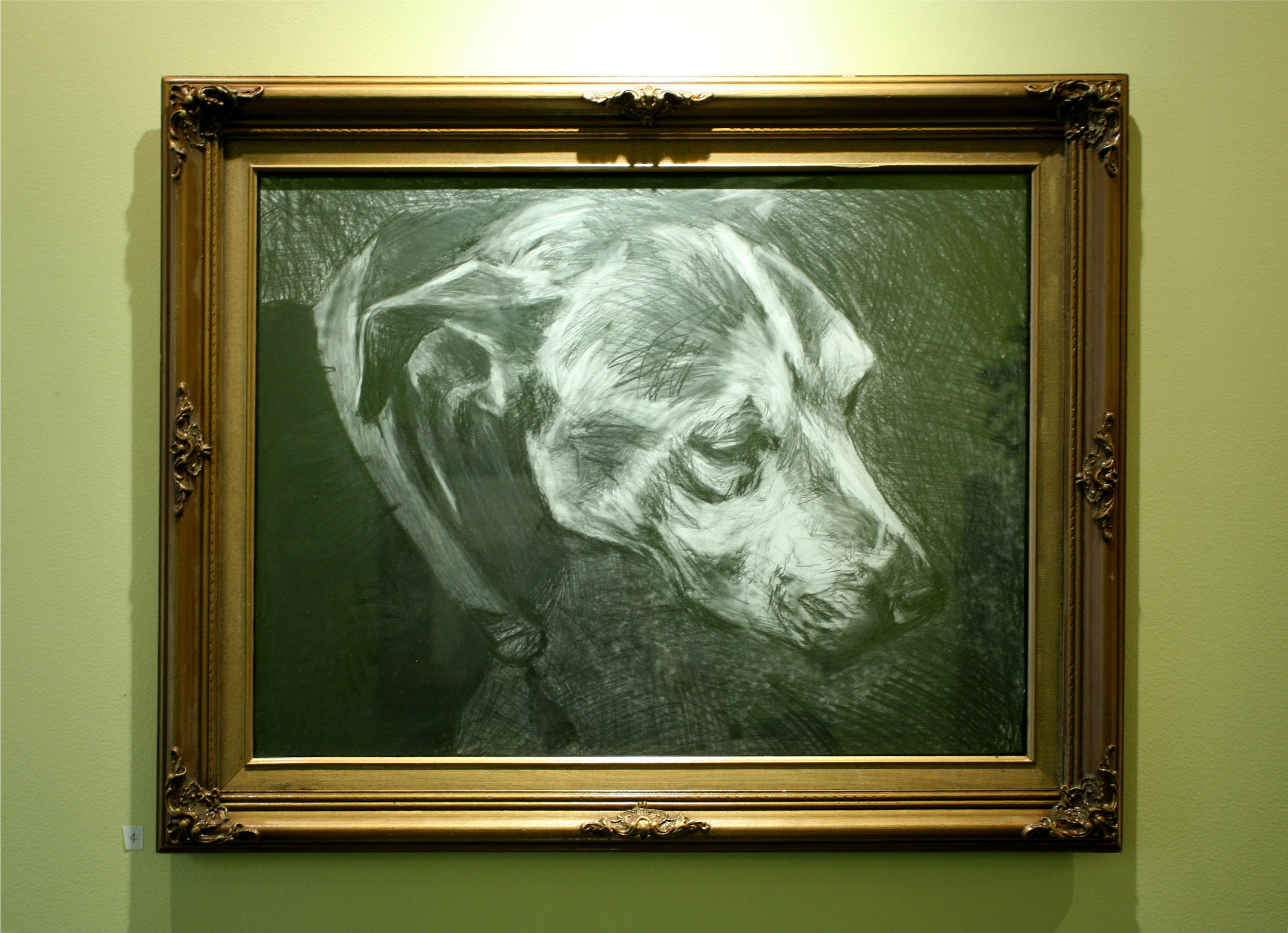I've always been in awe of a really ornately carved frame for a painting. Many of this type can be found in the Pennsylvania of Fine Art's museum collection (see above). The appeal for me lies in the fact that making them took time, possibly as much time as it did to make the painting. This feels significant to me, a way of honoring the art. What ingredient is so powerful a measure of care and consideration other than the gift of our time?
Framing is occasionally discussed as something to be aware of as an artist. Oftentimes, it is viewed as a means to an end: how do I get this piece of art on the wall? There are also aspects of conservation: a frame can offer protection from harmful UV rays or protect a delicate edge of paper from being dented or torn. Additionally, there is the factor of cost (we all have that piece of work that cost more to frame than to buy, right?) But ultimately, a frame is how we complete a presentation, and I would argue that all of our best ideas deserve thoughtful packaging.
It's hard to find makers of museum quality carved frames these days. Even in American frame shops, the common samples are usually milled and just are not as exquisite. In 2011 on a road trip back from PLAYA residency in Summer Lake, OR, I stopped at several different antique and estate sales across the country, hoping to discover some buried frame treasure at a reduced cost. My intent was to present a series of shelter dog portraits with frames that communicated value (work from this series is currently on view at Norther Liberties Vet Center). There was a limited supply, so after encountering this difficulty, I began to think more seriously about making my own frames. I am currently working on another series which I hope to share later on this year. I have also included in the gallery above some examples of frame experiments I made in graduate school.
I love it when a frame feels crafted, an equal player in the whole that is the artwork. It's a space to add additional layers of context. I have nothing against simple frames, or frames that disappear, or no frame at all, but I'm wondering if too often the frame choice is an afterthought, determined by convenience? And is that communicated when we look at the art? Are most audience members able to detect a difference? Do other people care about frames? How do you approach choosing a frame?
